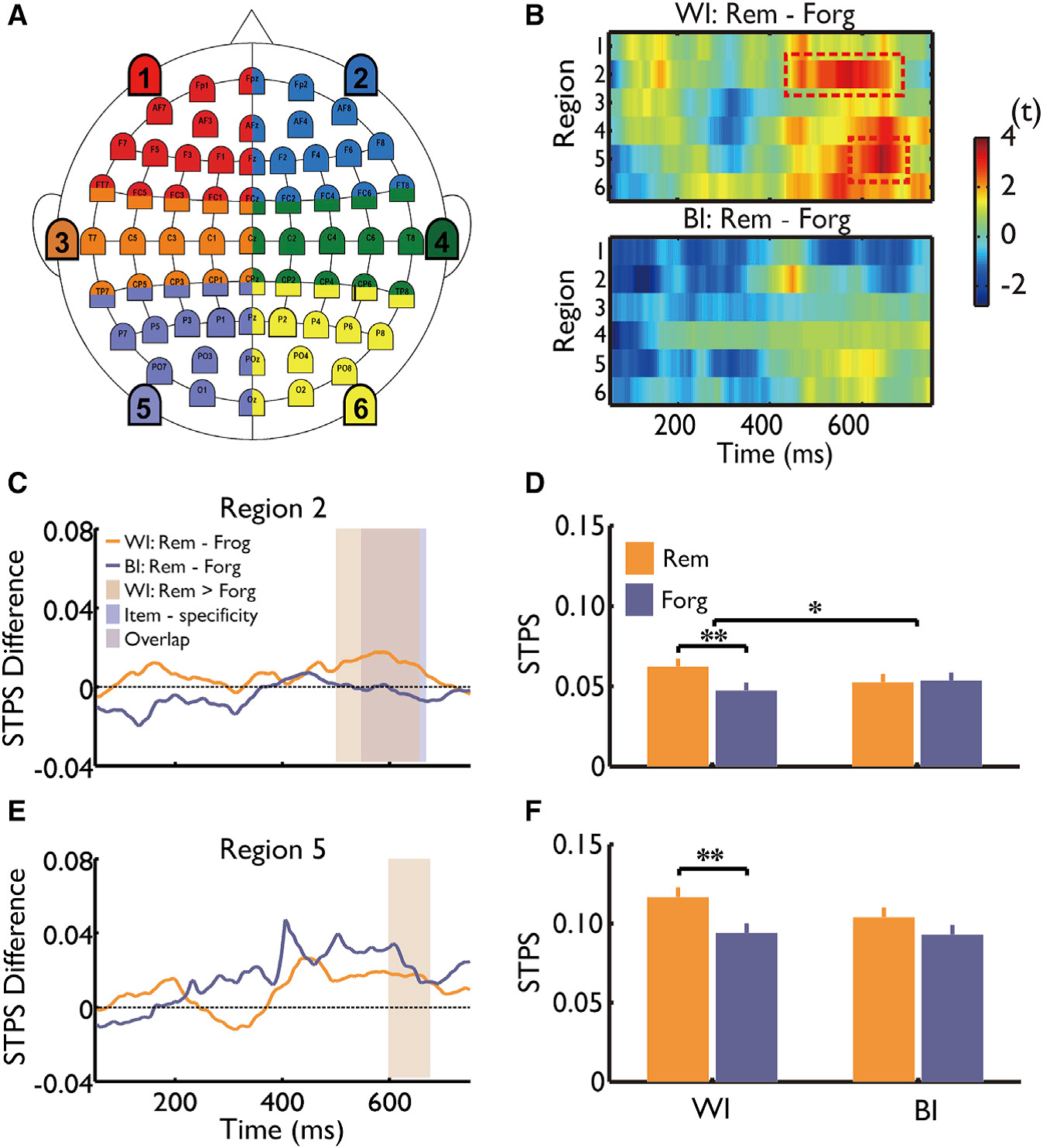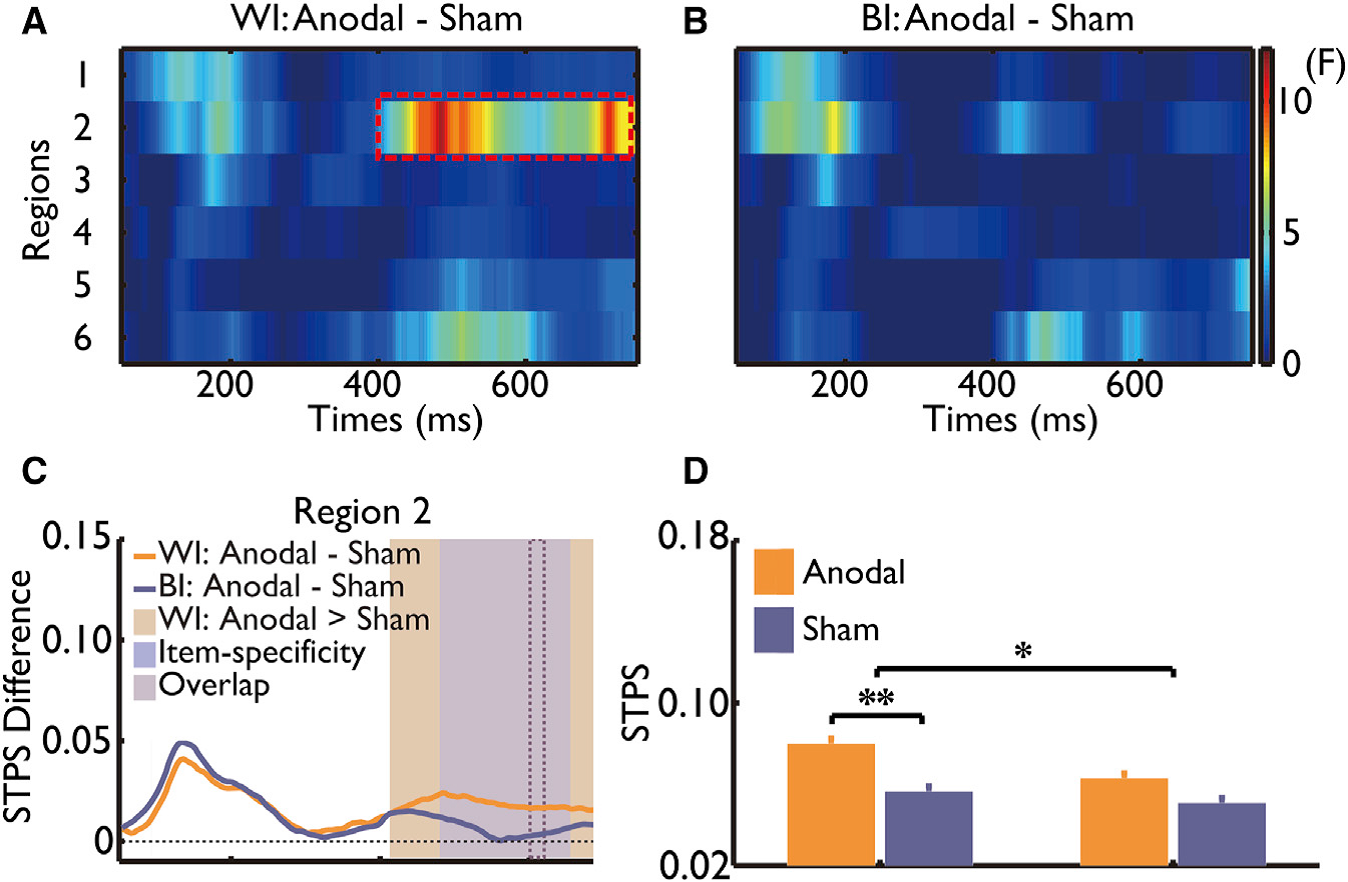In Feb 2015, Professor Xue’s group published a research report entitled “Spatiotemporal Neural Pattern Similarity Supports Episodic Memory.” in Current Biology. This research, led by our master student Yi Lu, postdoc Changming Wang, investigated the role of neural pattern similarity among repetitions in effective learning through a representational perspective.
“Practice makes perfect”, yet how repeated studies help to form stronger memory and resist forgetting is still largely unknown. For decades there has been debate about the exact cognitive and neural mechanisms. Theories based on cognitive studies and computational modeling have long emphasized the role of “variable encoding” in enhancing memory by creating more non-overlapping retrieval routes. Using fMRI and representational similarity analysis, our previous finding suggests that contrary to encoding variability view, greater neural activation pattern similarity across repetitions, but not greater variability, was associated with better subsequent memory (Xue et al, 2010, Science). We thus have proposed the “Neural activation pattern reinstatement” hypothesis to account for the memory practice effect.
However, the low temporal resolution of fMRI measures could determine neither the temporal precision of study-phase reinstatement nor the processing stage at which the reinstatement supported subsequent memory. Meanwhile, although self-similarity has been shown to correlate with the activity level in the left lateral prefrontal cortex (LPFC), a causal link between left LPFC function and pattern similarity remains to be established.
Using EEG and transcranial direct current stimulation (tDCS), Lu et al. in this study found that greater item-specific spatiotemporal pattern similarity (STPS) during encoding predicted better later memory, which indicated greater STPS during repeated study underlies successful memory encoding. The late time window also implicated this STPS is partially contributed by study-phase retrieval. Also, anodal tDCS over the left LPFC specifically enhanced STPS and memory, demonstrated that this STPS can actually be enhanced by boosting the prefrontal cortex function. This research complemented the missing pieces and deepened our understanding of the role of neural activation pattern similarity in effective learning. In the meantime, combination of techniques of EEG and tDCS added important clinical implications to our conclusions.
This work was sponsored by the National Natural Science Foundation of China, the 973 Program, the 111 Project, and the NSFC project.


